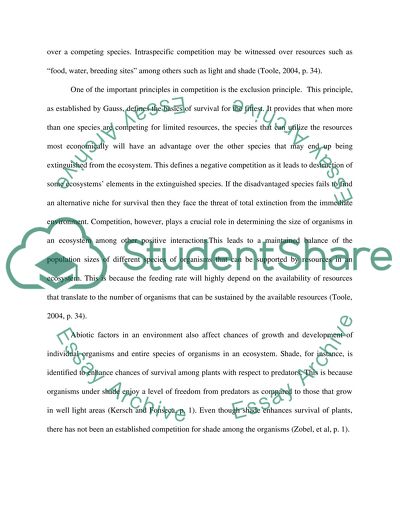Cite this document
(“Interspecific and Intraspecific Competition Among Alfalfa in in Shaded Research Paper”, n.d.)
Retrieved from https://studentshare.org/biology/1446337-plant-interactions
Retrieved from https://studentshare.org/biology/1446337-plant-interactions
(Interspecific and Intraspecific Competition Among Alfalfa in in Shaded Research Paper)
https://studentshare.org/biology/1446337-plant-interactions.
https://studentshare.org/biology/1446337-plant-interactions.
“Interspecific and Intraspecific Competition Among Alfalfa in in Shaded Research Paper”, n.d. https://studentshare.org/biology/1446337-plant-interactions.


